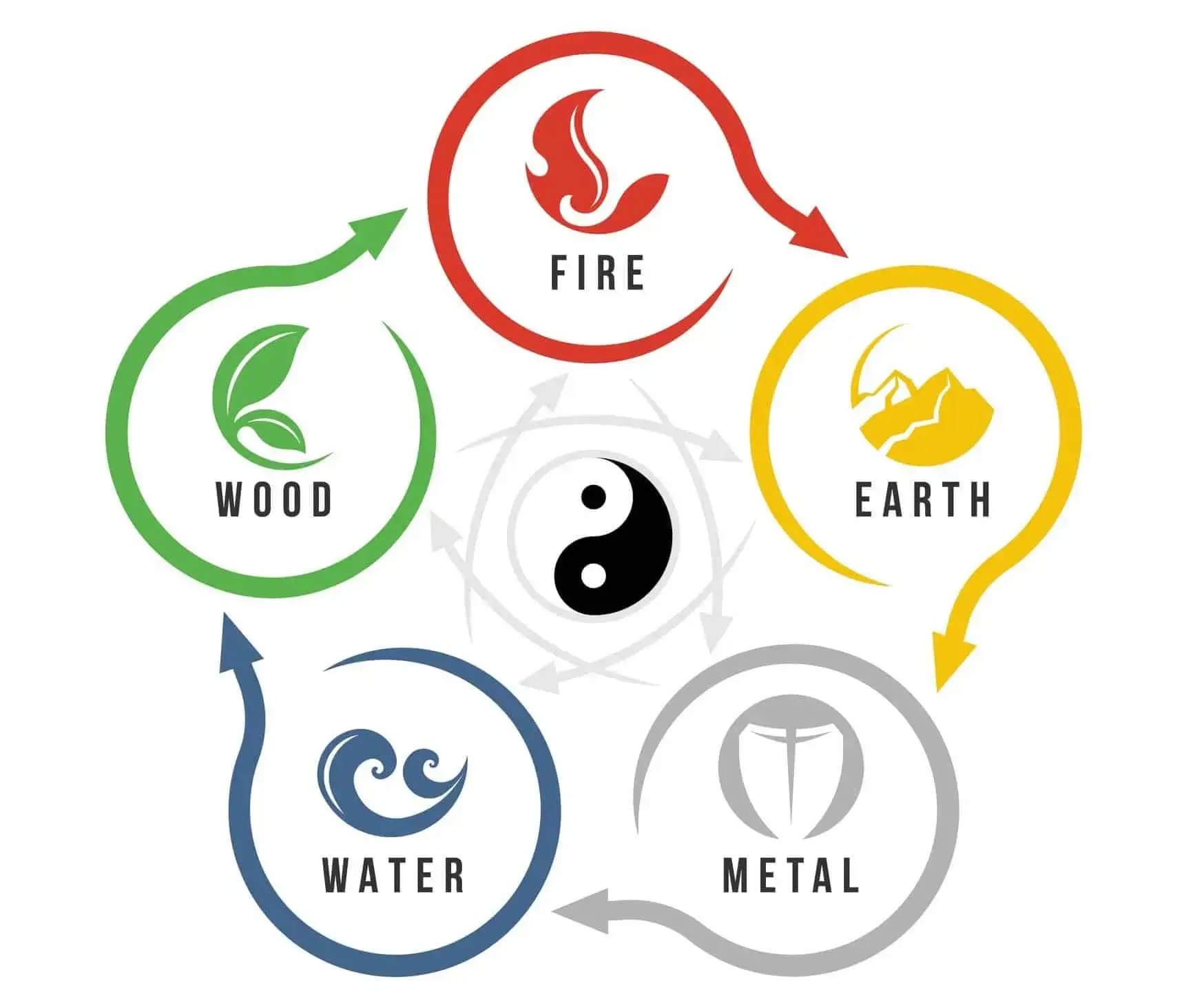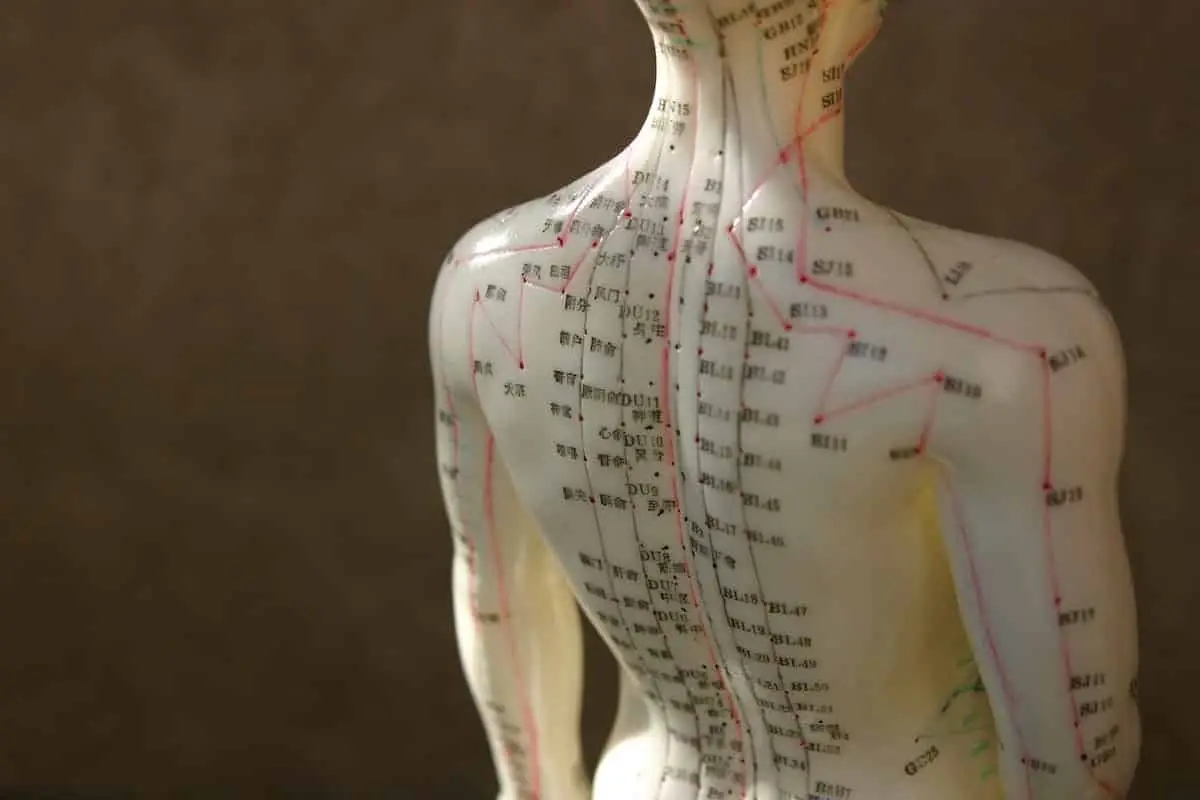Acupuncture is a fundamental component of Chinese Medicine, a system of medicine that has existed for centuries. This system interprets everything in the universe both Yin and Yang, opposite forces that complement each other and, when in balance, create harmony. As a broad example regarding acupuncture treatments, the aim for the patient is to balance the more dynamic Yang with the more restorative Yin. Predominance or weakness of either can lead to a host of symptoms or syndromes.
Chinese Medicine is good at seeing how things interrelate, e.g. the organs of the body, their energetic roles and how they work together to assure our physical and emotional health. Both Yin and Yang, ‘Qi’ is a life force that flows through us and drives many processes in the body and mind. Acupuncture aims to balance the flow of Qi so that it is smooth, ensuring your bodily processes are as healthy as they can be.

My training combined Chinese Medicine with Five Element Theory, which views the human experience in terms of the relationship between five elements – Fire, Earth, Metal, Water and Wood. These embody the roles of the different Organs, their associated ‘spirits’ and emotions, and how they impact on the body and mind. It is a useful way of interpreting the imbalances that can occur in our health, and the aim of treatment is to try and return to a more balanced state (this is called ‘homeostasis’ in Conventional Medicine). The great advantage of Five Element Acupuncture is that it gets to the ‘Ben’ or root of the problem. I think instinctively we know how emotions can impact on our health, but Conventional Medicine is only now discussing this more, e.g. the involvement of stress in many health conditions, or the connection between the gut microbiome and the brain. I strongly believe in the benefits of approaching health from both a Chinese and a Conventional Medicine perspective, and that the two can learn a lot from each other.
Many famous Chinese doctors through the centuries have added to the canon of classical literature, the framework of Chinese Medicine philosophy. The most important texts are the Yellow Emperor’s Classic of Internal Medicine (Su Wen and Ling Shu), and the Classic of Difficulties (Nan Jing). Acupuncture is now practised around the world. If you would like to find out more about it, you can visit here.
